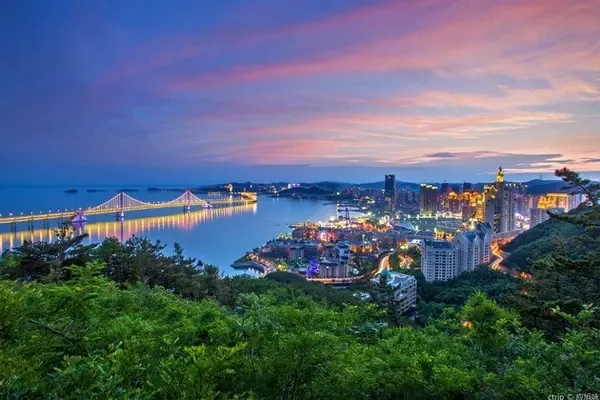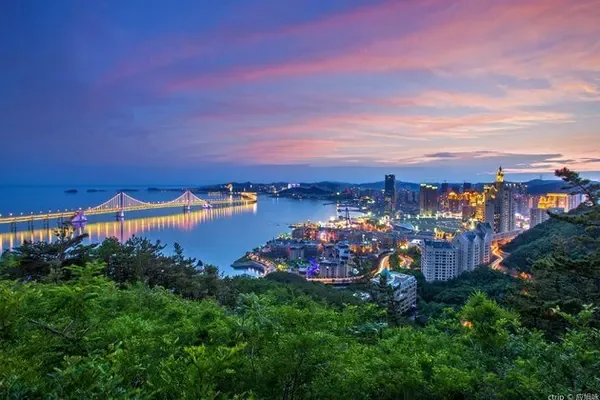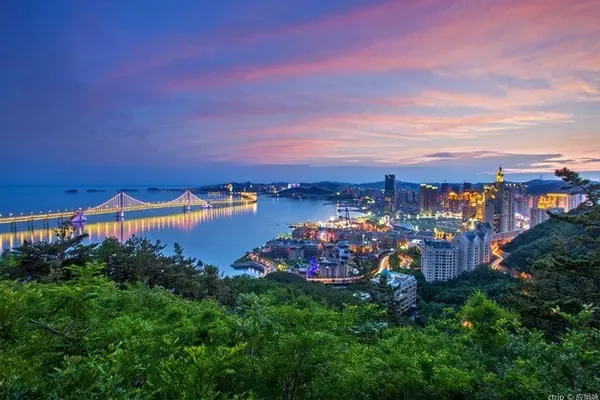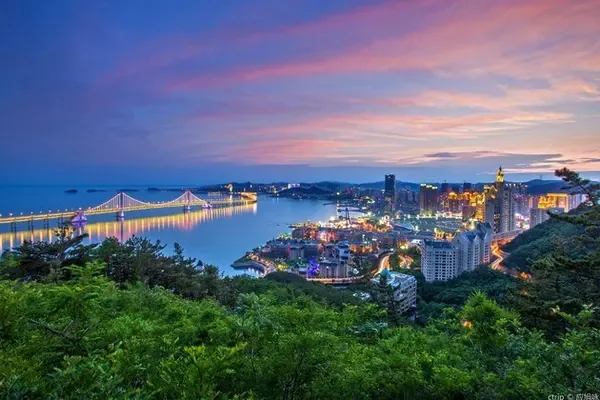Leiwuqi is a county under the jurisdiction of Qamdo, Tibet Autonomous Region. It is located in the northeast of Tibet Autonomous Region and north of Qamdo. Leiwuqi means "big mountain" in Tibetan. Leiwuqi is located in the southwestern part of the Sanjiang River Basin on the Qinghai-Tibet Plateau, between the high mountains and valleys in the upper section of the Hengduan Mountains. The territory is a plateau mountainous landform, and the topography is affected by the direction of mountains and rivers, forming a natural landscape with deep valleys and ravines.
Dingqing County is also a county under the jurisdiction of Chamdo, Tibet Autonomous Region. It is located in the northeast of Tibet and west of Leiwuqi County; Dingqing Tibetan means "big platform". Its unique landform of river valleys, flat dams, and lofty mountains and mountains has vast grasslands, undulating mountains, magnificent mountains and rivers, and gorgeous scenery.
On October 25, 2021, we crossed the Qinghai-Tibet border from Nangqian via the forest path, crossed the Mazara Mountain, and came to Leiwuqi; we left Leiwuqi on October 26, and visited Macado Tallinn and Zizhu Temple on the way. , arrived in Dingqing County.
Macado Tallinn is located beside the G317 National Road, about 25 kilometers southwest of Leiwuqi. There are 108 pagodas, some of which have a history of more than 800 years, as well as a tall scripture hall and many Mani stones.
Macado Tallinn is located beside the G317 National Highway about 25 kilometers southwest of Leiwuqi. There are 108 pagodas here, some of which have a history of more than 800 years. The pagoda forest is built on the mountain. There are both strict and regular eight pagodas and square pagodas. There are tall pagodas several meters high and small pagodas less than three meters. Standing in the center of the pagoda forest, the empty space between the Buddhist hall and the pagoda is filled with various Mani stones.








We walked along the dirt road outside Tallinn, and we were attracted by the tall Buddhist temple, the snow-white Tallinn and the colorful Mani stones from time to time. But what caught our attention the most was the square pagoda. They are made of wooden strips, bricks, stones and soil layered on top of each other. They are somewhat similar to the houses of Tibetan compatriots. They are the early form of Buddhist pagodas in Tibetan areas. They are not as round as they are now. The pagodas are so round and regular, but they have a long history. You can feel the vicissitudes and thickness of the years around them.











Zizhu Temple is located on Zizhu Mountain, 37 kilometers southeast of Dingqing County, at an altitude of 4,800 meters. Here, there are different peaks, tall and steep. From the mountain gate at an altitude of about 3,600 meters to Zizhu Temple, the road mileage is only 12 kilometers, and the average rise per kilometer is nearly One hundred meters, we can see the steepness of the mountain.





Zizhu Temple has a history of more than 3,000 years. It was advocated by the second generation of Tibetan king Muchi Tsanpu and was founded by the first master Mubang Sadong. It has been passed down for forty-three generations so far. One of the oldest and most important temples.
The Buddhist hall of Zizhu Temple is located in the center of the temple complex. It is tall and majestic with red walls and golden roofs. Surrounding the monastery buildings are various monk houses of different sizes, which constitute the scene of the Buddha City in the sky.









On the cliff on the west side of Zizhu Temple, a naturally formed cave hangs on the skyline. Through this huge hole, you can see the blue sky and white clouds in the distance. This peculiar cave seems to be like a gate to the sky. The Sky Buddha City is connected with the sky.
The most daunting and amazing thing is that on the steep rock wall next to the cave, there is a hut for eminent monks to practice. It is said that Zhanbananka (born in 915 BC), the prince of the ancient Zhang Zhung king, known as the "father of Tantric Buddhism" and the incarnation of Manjusri, and Luo Danningbu, the master of the fourteenth century AD and the achiever of Dzogchen Many eminent monks and masters have practiced here.




The practice hut on the highest cliff is not open to the public, so we climbed the steep cliff on the right side of the cave, explored the practice hut there, and found that there was nothing in it except the bed for sleeping. Under such conditions, living and studying are indeed It takes a lot of stamina and determination.



Zizhu Temple is located in a steep mountain, far away from the secular society. It has maintained a pure practice atmosphere for more than 3,000 years. Many masters and eminent monks practiced and taught Buddhism here, leaving many relics and religious rituals preserved. Inheritance, the most obvious is the turning around the mountain here, which revolves from left to right and counterclockwise.



———End of this section———



